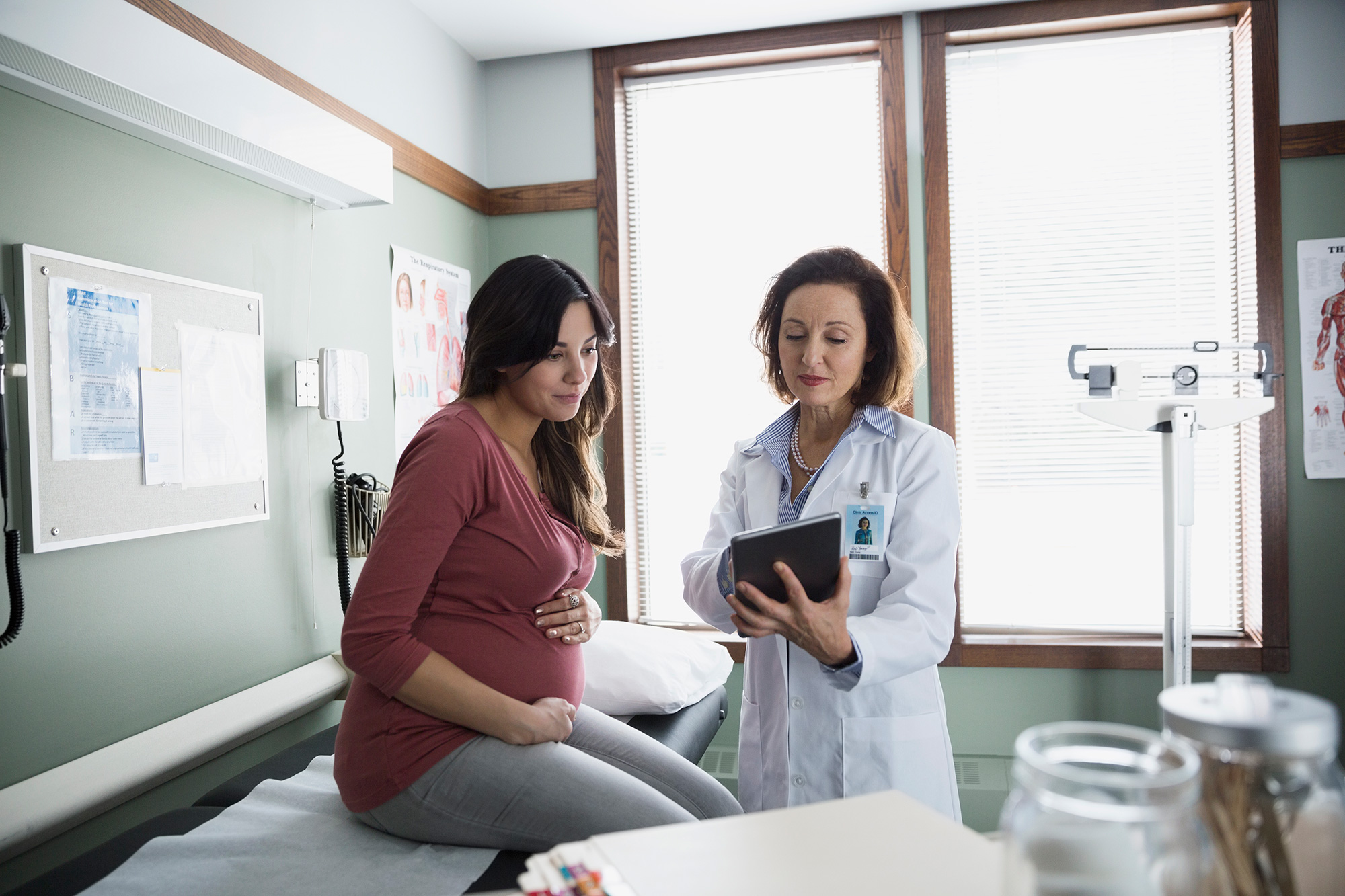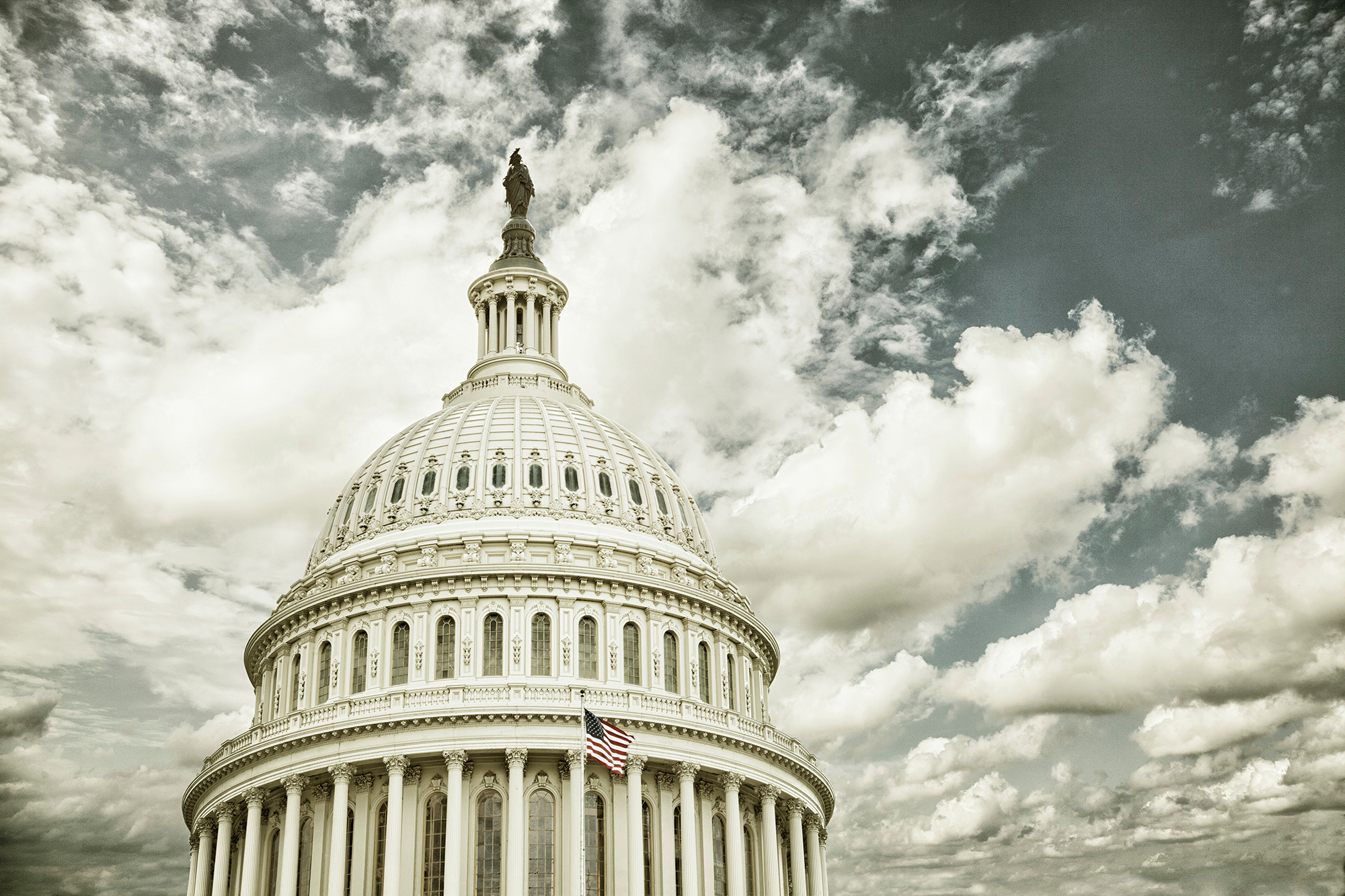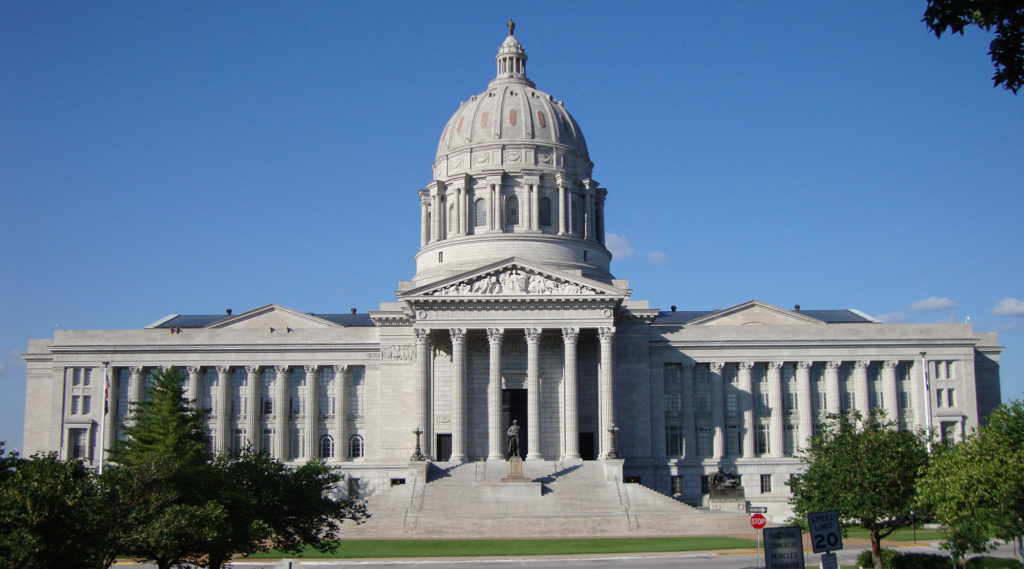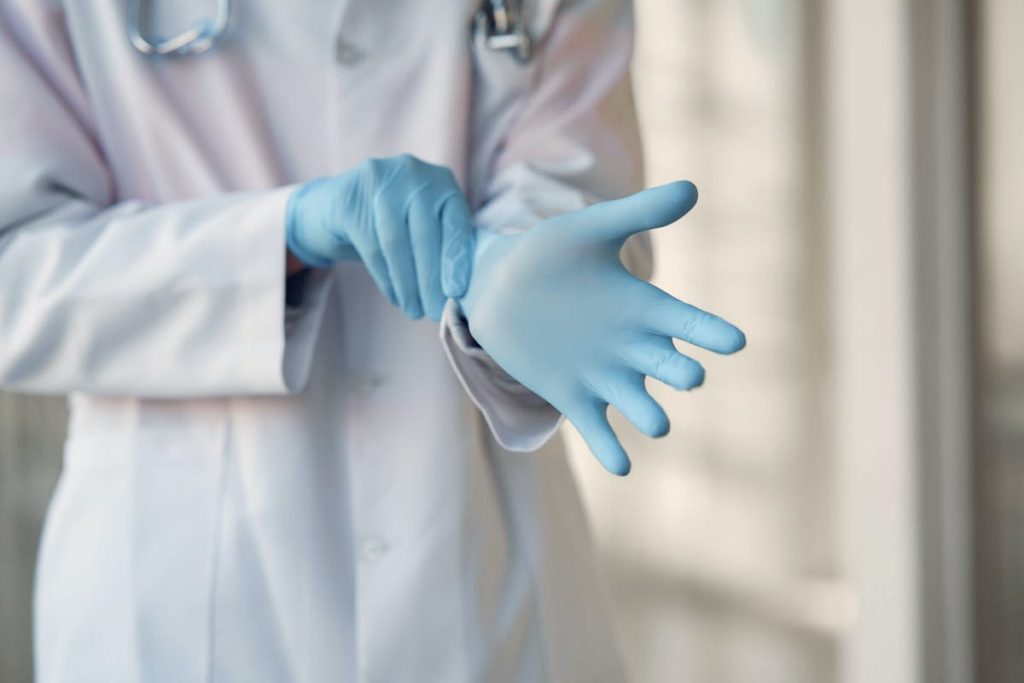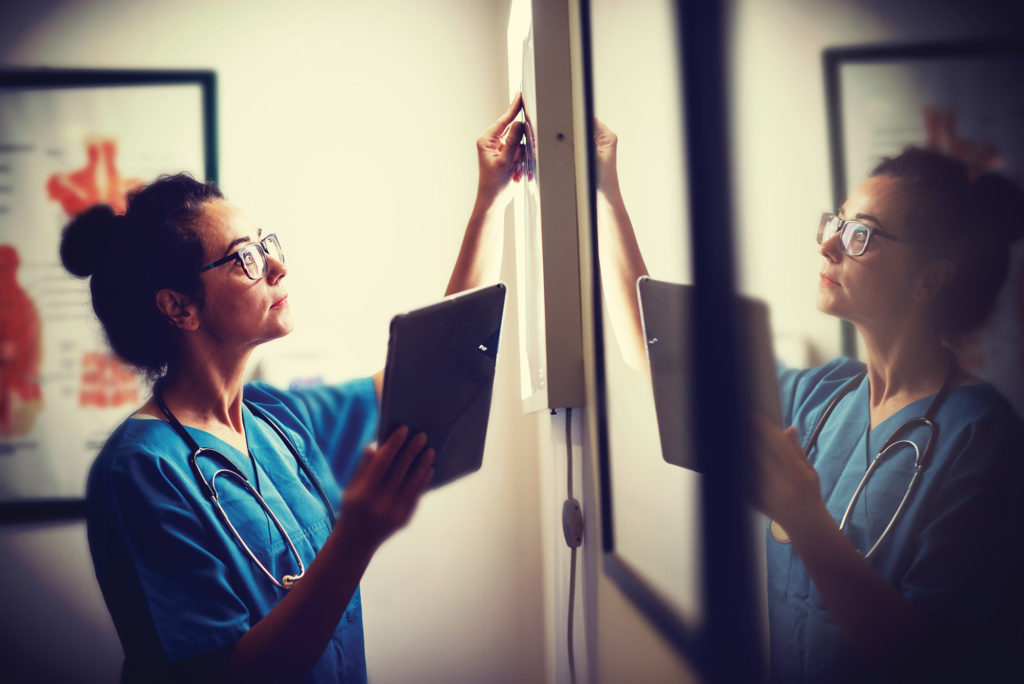Actions
Type
Topic
- COVID-19
- Rural Health
Tags
As coronavirus spread throughout the U.S., Missouri’s rural hospitals responded by ensuring their communities had access to COVID-19 testing and treatment, while establishing new practices to ensure the safety of patients, visitors and employees. These efforts are ongoing.
To support rural hospitals, the Missouri Hospital Association worked to simultaneously shape the state’s response and provide assistance through member communication, and connection to policy- and decision-makers. The main areas of activity are summarized in this compendium.
MHA’s efforts in these areas and others are ongoing. As Missouri continues to move through the pandemic, MHA remains committed to understanding the challenges that rural hospitals face and providing solutions that meet the discrete needs of rural hospitals
A printable PDF is available.
Regulatory and Legal
MHA is actively working with the Centers for Medicare & Medicaid Services and the State of Missouri to provide regulatory flexibility during the pandemic response. During a public health and presidential emergency declaration, CMS may grant waivers under Section 1135 and Section 1812(f) of the Social Security Act. Earlier this year, CMS issued blanket waivers retroactive to March 1, effective through the end of the emergency declaration. The governor, through his emergency declaration and various executive orders, authorized regulatory relief specific to state statutes and regulations. The state waivers are generally linked to the state’s emergency declaration. However, MHA is seeking extension of waivers related to COVID-19.
With COVID-19 response and recovery evolving, MHA remains in touch with hospitals to evaluate the existing regulatory framework, understand the urgency for existing and future waiver needs, and monitor how regulations will influence emerging best practices. A regularly updated waiver tracking document is available online.
Workforce
COVID-19 has had a significant impact on the rural health care workforce. Hospitals and health systems, particularly those that were not in “hot spots,” experienced greatly reduced patient volumes as they limited nonemergency surgeries and postponed other nonurgent procedures. In addition, community fear of exposure to COVID-19 remains a challenge as hospitals continue to experience depressed volumes because patients are delaying necessary care even as hospitals reopen for elective procedures. This diminished patient volume has resulted in many hospitals engaging in strategies to reduce workforce costs while protecting their staff, including job reassignments, flexible working arrangements, hiring freezes, furloughs, reorganization and reductions in salary and benefits.
Each hospital’s workforce demands and organizational response will differ reflecting their local phase of the COVID-19 pandemic and return to normalized operations. During this time, identifying and implementing the right employee policies and approaches are essential to workforce sustainability. MHA’s 2020 Workforce Report includes several strategies for understanding workforce needs during the crisis along with tools to increase worker resiliency.
At the same time, hospitals are using the new flexibility in employment laws, including exploring ways to reduce workforce spending while helping employees get the most out of unemployment compensation, and health and retirement benefits. All these measures have helped rural hospitals protect the workforce from COVID-19 directly through reduced personal protective equipment use, and its indirect influence through alternative childcare options and an emphasis on employee well-being.

Telehealth
A crisis can lay-bare both the opportunities within, and shortcomings of, the health care system’s structure. This has certainly been the case with telehealth. As the COVID-19 pandemic surged — and state and nationwide shelter-in-place orders were announced — rural Missourians’ already-limited access to care was further curtailed by the pause in outpatient services and community-based fear of COVID-19 exposure.
COVID-19 has underscored the great potential of telehealth to increase access and decrease barriers for effective and efficient delivery of health care services. Thousands of patient appointments are held daily in Missouri through various telehealth platforms and tools — from e-visits to phone calls to remote monitoring devices — all providing greater efficiency for providers and ease of use for patients.
Missouri Medicaid has a progressive telehealth policy. However, Medicare has traditionally not supported telehealth services. During COVID-19, Medicare has waived many of the restrictions on telehealth. MHA supported the national effort to ease telehealth restrictions for all payers, including waivers that helped remove commonly cited barriers, such as certain expensive technology and equipment, location and distance, and provider type requirements. MHA also now maintains a COVID-19 telehealth FAQs document with links to multiple resources. To boost awareness of the rapidly changing telehealth landscape, MHA hosted a Missouri-specific webinar to ensure hospitals’ coding and billing strategies were in place to maximize revenue opportunities.
MHA continues to advocate for expansion of telehealth capacity and utilization — including expanding our partnerships with rural advocates outside of health care — to sustain telehealth waivers during the COVID-19 crisis, and as a tool in rural health delivery long term.
Testing
COVID-19 testing at the local, state and national level has been a primary challenge as the pandemic has proceeded. Initially, access to testing supplies and laboratory capacity constrained testing, and guidance by the Missouri Department of Health and Senior Services restricted testing to symptomatic patients and health care workers, and those with known exposure. As COVID-19 spread, testing criteria gradually relaxed with broadened diagnostic testing expanding to asymptomatic individuals without known exposure for general surveillance analysis. Broad testing is essential to hospitals’ resumption of medically necessary elective procedures. Therefore, greatly expanded capacity with rapid test results are critical to hospitals’ ability to resume outpatient visits and elective procedures.
The estimated need for diagnostic testing for patient care, protection of the health care workforce, and surveillance based on national models — factors corroborated by George Turabelidze M.D., Ph.D., State Epidemiologist, DHSS Section of Epidemiology — reinforced the need for expanded levels of testing. Based on local and national models, 13,000 tests per day throughout the state is required to meet the current testing need. This likely will expand in the fall as influenza season starts.
MHA continues to work with the state and supply chain partners to expand testing supply and lab capacity to ensure testing levels for public health and clinical operations meet hospitals’ needs.
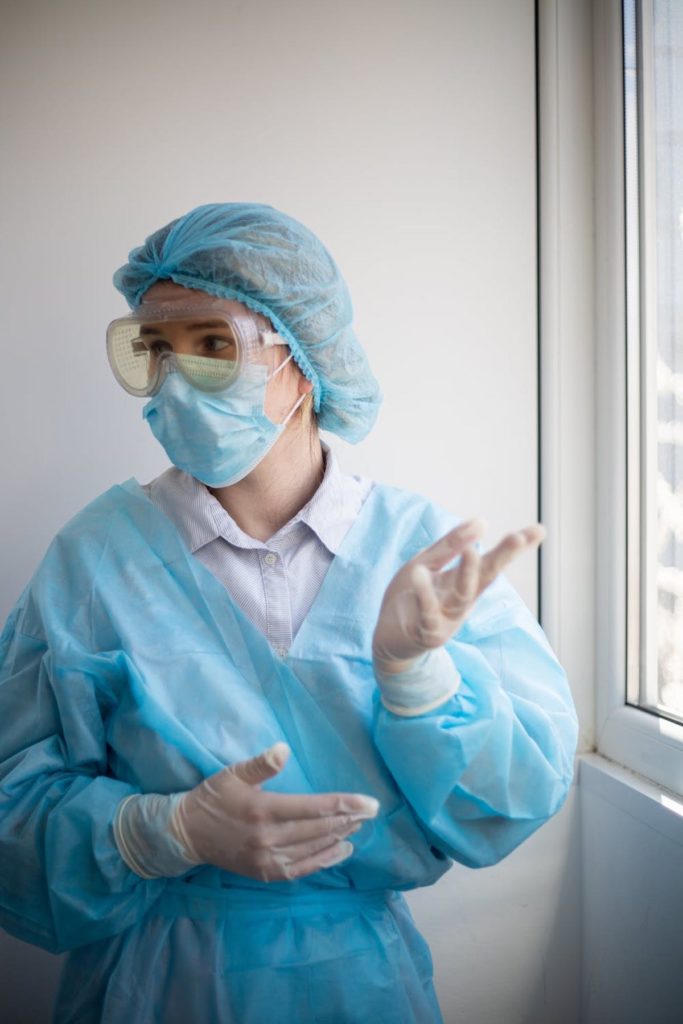
Data
Throughout the COVID-19 response, Missouri hospitals have provided near real-time information to contribute to situational awareness, inform policy decisions and project potential disease impact through modeling. Beginning in February 2020, hospitals reported supply levels of PPE and tracked COVID-19 hospitalizations to indicate prevalence of the disease and the impact to providers. In March, as Missouri’s health care system collectively prepared for patient surge and cancelled elective surgeries, hospitals began daily tracking through EMResource® of staffed bed availability, as well as capturing medical surgical and ICU beds that were converted or added. Rural providers provided an essential role in this initiative. In April, with a focus toward long-term data collection, hospitals transitioned to reporting COVID-19 measures to the Centers for Disease Control and Prevention National Health Safety Network.
While COVID-19 surge has been most prevalent in Missouri’s metro areas, routine data submission by rural hospitals has contributed to statewide situational awareness as the disease spread in rural areas — attributed in part to outbreaks in meat processing plants, prisons and long-term care facilities. As phased reopening continues — and preparations begin for an anticipated second wave of COVID-19 — consistent, statewide data collection will be essential to informing next steps.
Surge Planning
In mid-March, rural hospitals joined urban and suburban hospitals in voluntarily cancelling elective procedures for patients for 30 days, where the cancellation could safely be accomplished without significant risk of adverse health outcomes. This was the first step to prepare for a surge of COVID-19 patients by increasing bed availability and conserving PPE supplies.
In addition, Missouri hospitals in rural areas, including critical access hospitals, demonstrated the ability to convert and expand services to provide care for acutely, critically ill and less acute patients within their existing hospitals and campuses. Rural facilities with additional capacity demonstrated the ability to expand care for lower-acuity and post-acute patients from
metropolitan areas.
As the COVID-19 emergency continues, patients in rural communities who have suspended care will begin to reschedule office visits and treatments. In general, rural hospitals have returned to outpatient care and elective procedures. However, hospitals are closely monitoring the ongoing COVID-19 pandemic. As social distancing policies are relaxed, it is presumed there will be geographic and periodic increases in positive tests, and associated monitoring. It also is presumed there will be subsequent waves of widespread infection, requiring health care services to remain flexible. Rural hospitals are prepared to manage both and, if necessary, reduce elective services to maintain adequate capacity for COVID-19 patients.
Communication
Rural communities rely on their local hospitals as a trusted source of health and medical information. Transparent and frequent communication with the public is especially important during a crisis.
MHA, DHSS and CDC have resources available to help the public understand and respond to COVID-19. MHA’s COVID-19 newsletter and webpage include the most recent updates to help hospital leaders make decisions and communicate their hospital’s status. Moreover, MHA has “Ready for You” resources to help hospitals communicate their restored outpatient and elective care.
The changes necessitated by COVID-19 created uncertainty among communities’ hospitals. For patients, it may not be clear whether hospitals are prepared to provide nonemergent care, whether patient visitors are allowed, where testing is available and other considerations. It is incumbent on hospitals to provide clear and up-to-date communication to the public on their status as it evolves.
Social media platforms, including Facebook, Twitter and Instagram, are all appropriate venues for sharing status updates. In addition, local newspapers and radio stations provide a venue to share details about what the hospital is doing to respond to COVID-19, the status of patient care, what the public can do to avoid the virus and reduce transmission, and general education about health and public health.
Employee communication is equally as important. Clear and transparent communication to employees can help reduce concerns within the workforce and provide a vehicle for word-of-mouth status updates for the community. Informed employees can be hospitals’ best advocates.



